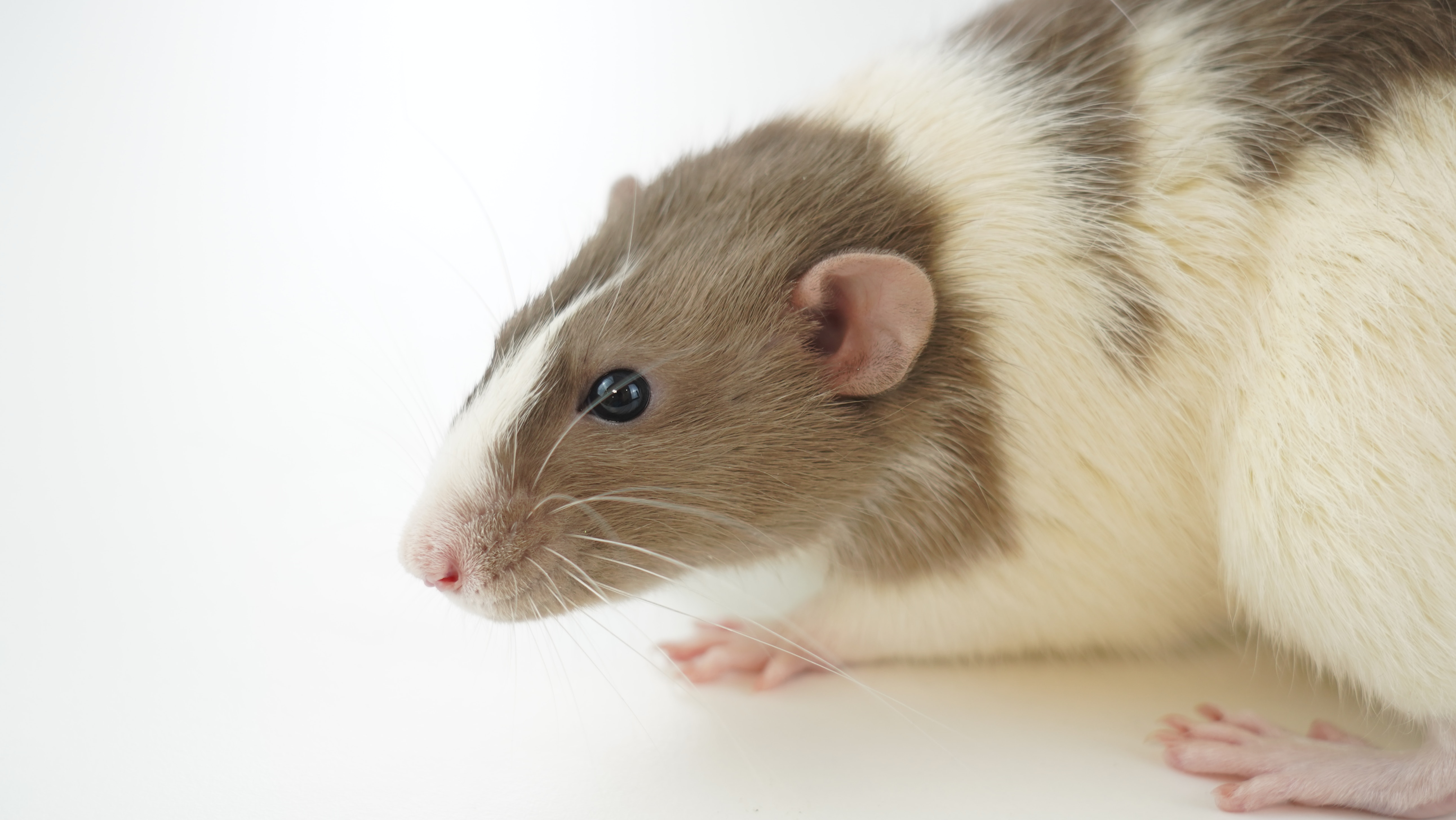Media release
From:
Striving for humane deaths for laboratory mice: Hypobaric hypoxia provides a potential alternative to carbon dioxide exposure
Summary: Rodents are the most widely used laboratory animals worldwide, and millions of mice and rats are used annually in scientific and medical research. Exposure to carbon dioxide (CO2) gas remains one of the most widely used methodologies despite well-proven welfare concerns. We investigated whether killing with hypobaric hypoxia (a process equivalent to ascending to a high altitude) was associated with better welfare outcomes for killing laboratory mice compared to CO2. Our findings support the notion of a minimally negative animal experience and as such demonstrate that hypobaric hypoxia could be the basis of significant improvement for killing laboratory mice.



 International
International



